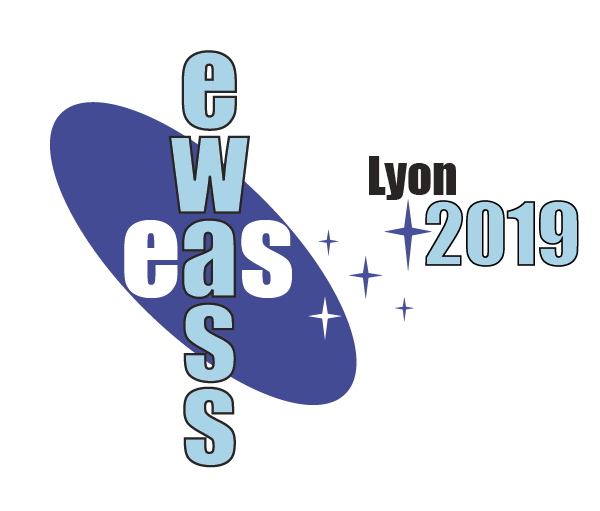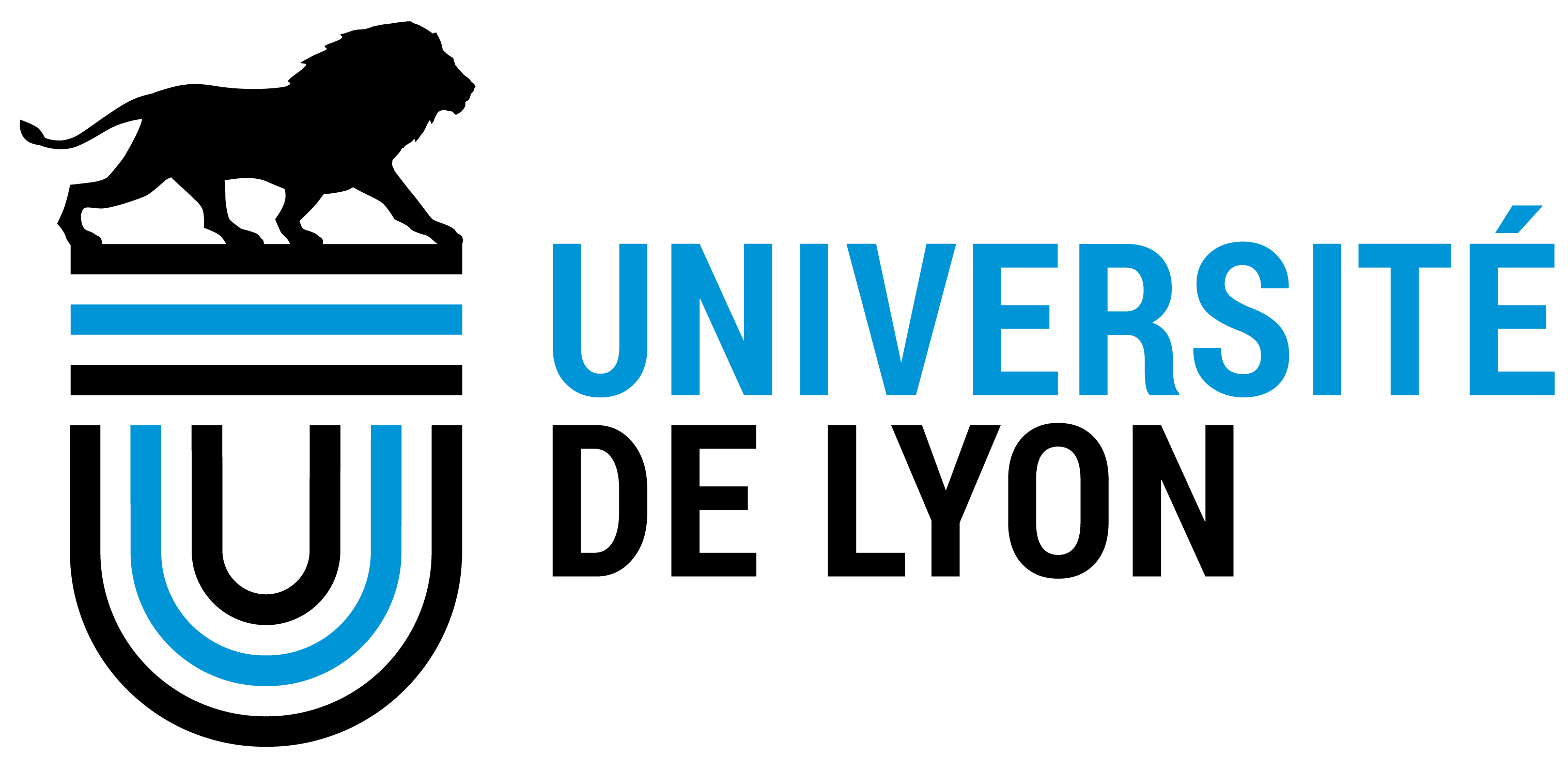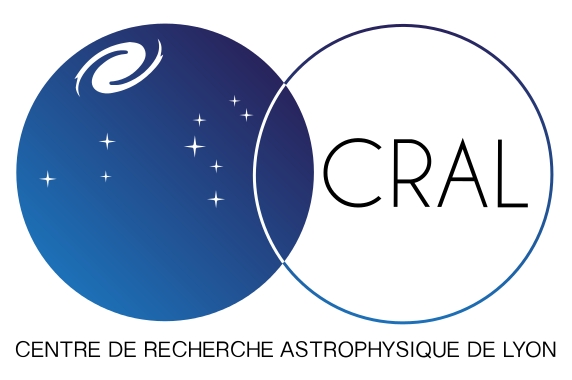Special Session SS1
24 June 2019
Recovering an old sky: archive data at full accuracy by Gaia calibrations
Aims and scope
Summary
Observations obtained in the past by photography on plates, or early CCD data are full of original information which has never been extracted because of the lack of tools when they were acquired. They are still used in the dynamical or physical studies of Solar System objects as for the modelling of the proper motion of stars, and the dynamics of the Galaxy. Photometry and spectral information is also accessible in some cases. The opportunity to use this data with a much improved calibration, is provided by the Gaia Data Release 2. By its accuracy, observations of the past can be exploited at the best possible quality.
Rationale
Old astrometric observations are still in use in several fields of the astronomical research and gathered in databases. When objects are changing with time, observations made on a long interval of time are necessary to model the evolution of these objects. The recent availability of the Gaia Data Release 2 allows to make a new reduction of old data and to get observations of the past with today accuracy. Several fields may take advantage of this challenge:
- the dynamical study of solar system objects needs to use astrometric observations made upon long intervals of time. For that purpose, observations made since the end of the XIXth century are still used for the dynamical modeling especially to detect and quantify cumulative effects. Old observations have been reduced using reference star catalogs accurate from 100 up to 1000 mas. More, because these catalogs were built with different reference frames, they introduce biases in the modelizations. Only the Gaia reference star catalog can provide star positions accurate to one mas at the beginning of the XXth century, allowing us to make a new and precised astrometric reduction of old observations. Moreover, these old observations will be reduced in the same reference frame than current ones. Planets, natural satellites, asteroids, comets have been observed since years and their old observations are worth to be re-reduced.
- In a same way, photometric calibrations based on catalogs dating back by several decades, had a very low accuracy by modern standards. The Gaia photometric data will allow a new photometric reduction of old photographic plates.
- Concerning spectrometry, it will be possible to digitize the large collection of variable stars spectra (Be stars). For instance, the BeSS database, available at LESIA (Paris Observatory), provides a catalog of all known (~2000) Be stars and owns (~130 000) available spectra of these objects. The study of the long-term spectroscopic variability of Be stars is very important to understand their sporadic ejection of matter. Currently, the data start only in 1990 and the analysis of plates from 1950 to 1980 will enlarge the time series of data, and will allow to detect periodicities in the ejections.
Besides these examples, other studies may be conducted thanks to re-reduced old data.
Programme
- Scientific goals which could be reached thanks to the new reduction of old data
- Inventories of old data focusing on the metadata necessary for the reduction
- Criteria to be used for sub-micrometric digitizing of the photographic plates, depending on the science method (astrometry, photometry or spectrometry)
- New reduction processes in order to take advantage of the high accuracy of the Gaia reference star catalogue
- Examples of sets of old data worth to be re-reduced with the astrometric/photometric Gaia reference star catalogue
Invited speakers
- Re-reducing past observations made by space probes with the Gaia catalogue by N. Cooper (Queen Mary University of London)
- Secrets from the archives: seeing back in time by S. Ilovaisky (Observatoire de Haute Provence)
- Gaia, old catalogs and new asteroid science by P. Tanga (Observatoire de la Côte d'Azur)
- Pulkovo astronegatives collection in the Gaia era: from astrometry to the Galactic and Solar System dynamics by M. Khovritchev (Pulkovo Observatory)
Scientific organisers
- J.E. Arlot (IMCCE/Paris Observatory)
- V. Robert (IPSA Engineering school, Ivry/Seine)
- P. Tanga (OCA, Nice)
- C. Murray (Queen Mary University of London, UK)
- C. Neiner (LESIA/Paris Observatory)
- A. Nedelcu (Astronomical Institute of Bucharest, Roumanie)
- A. Cellino (observatoire de Turin, Italie)
- M. Khovrichev (Laboratory of astrometry and stellar astronomy, Pulkovo Observatory, St-Petersbourg, Russia)
Contact
For any information, please contact: arlot @ imcce.fr
For abstract submission, click
here .
Updated on Sun Mar 31 23:11:12 CEST 2019
|

 A power cut will shut down all EAS services on Tuesday, 10 January 2017 starting at 7:30 CET.
A power cut will shut down all EAS services on Tuesday, 10 January 2017 starting at 7:30 CET.





